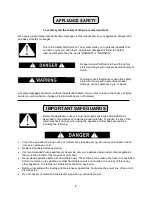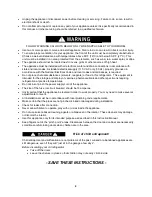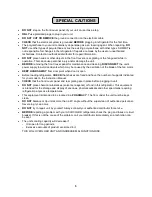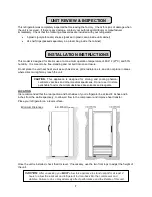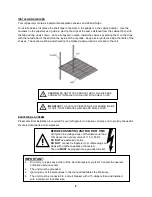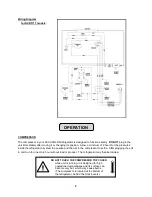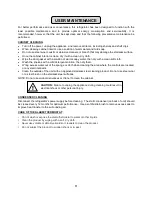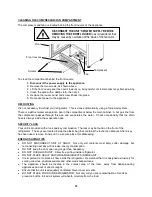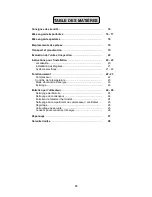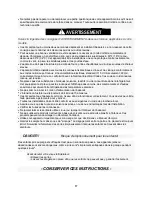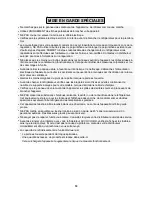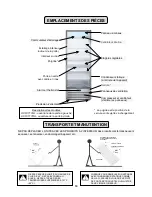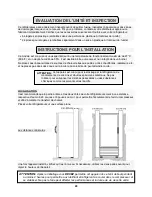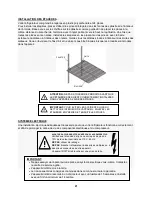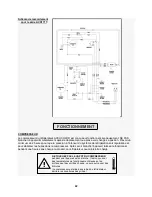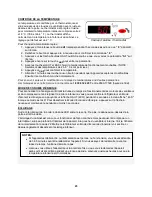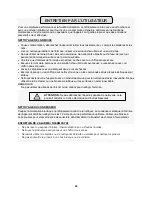
11
USER MAINTENANCE
For better performance and user convenience, this refrigerator has been designed to function with the
least possible maintenance and to provide optimal energy consumption and serviceability. It is
recommended, however, that the unit be kept clean and that the following preventative maintenance be
performed.
•
Turn off the power, unplug the appliance, and remove all items, including shelves and shelf clips.
CABINET CLEANING
•
When cleaning cabinet interior, use a solution of warm water and mild soap.
•
Do not use steel wool, caustic or abrasive cleaners or bleach that may damage the stainless surface.
•
Once the cabinet interior is clean, dry it with a clean, dry cloth.
•
Wipe the door gasket with a solution of warm soapy water, then dry with a clean soft cloth.
•
Wash the shelves with a mild detergent solution, then dry them.
•
Wring excess water out of the sponge or cloth when cleaning the area where the controls are located,
or any electrical parts.
•
Clean the outside of the unit with an approved stainless steel cleaning product.
Do not use steel wool
or a steel brush on the stainless steel surfaces.
NOTE: Do not use alcohol derivatives or thinner to clean the cabinet.
Disconnect the refrigerator's power supply before cleaning. The static condenser (on back of unit) should
be cleaned every 12 months for optimum performance. Use a soft-bristle brush to remove excess dust to
improve heat transfer to the surrounding air.
CONDENSER CLEANING
CARE OF THE ALARM/THERMOSTAT
• Do not wash or expose the alarm/thermostat to water or other liquids.
.
• Clean the product by wiping with a soft, dry cloth.
• Never use volatile or abrasive liquids or cleaners to clean the product.
• Do not subject the product to sudden shock or impact.
CAUTION:
Failure to unplug the appliance during cleaning could result in
electrical shock or other personal injury.



